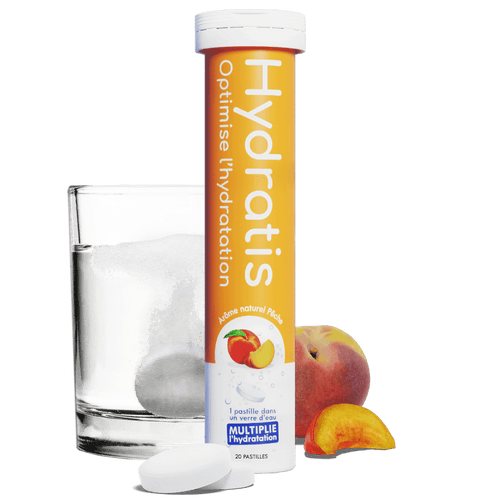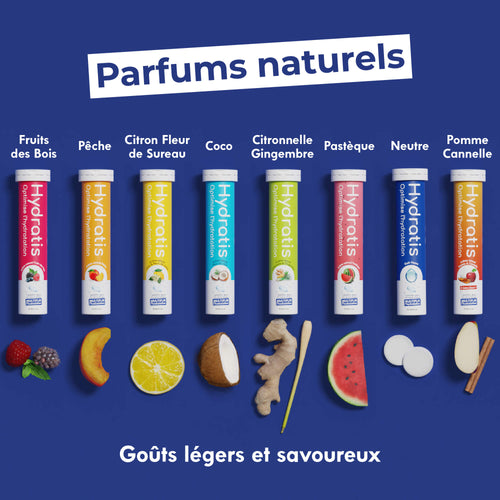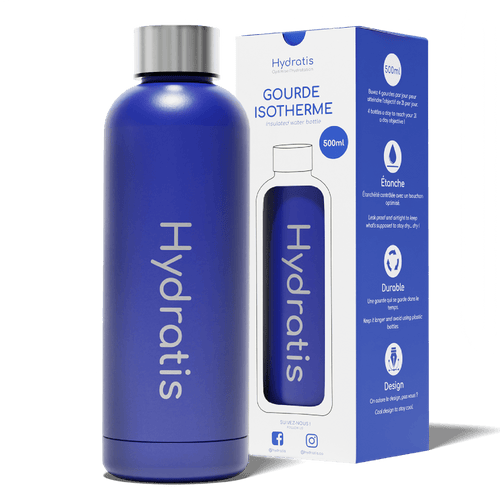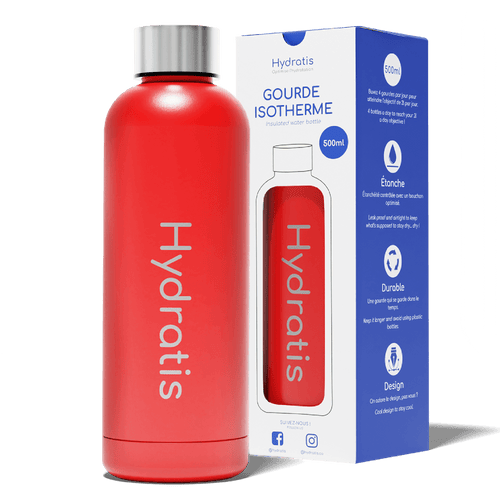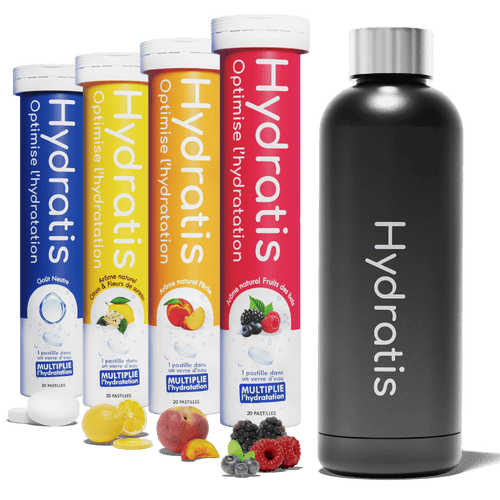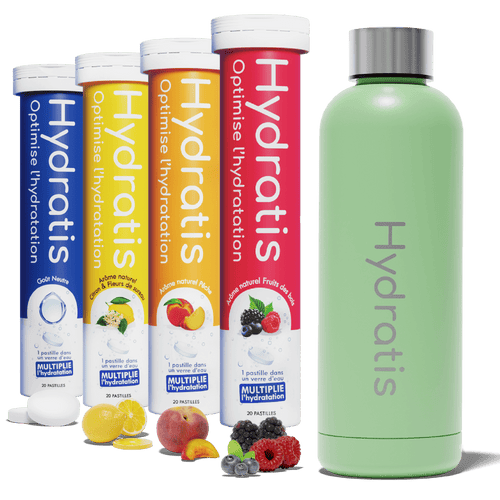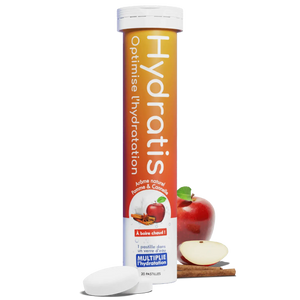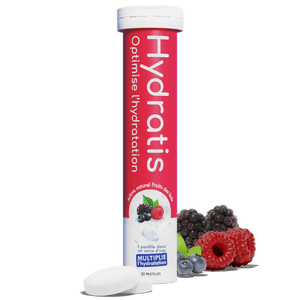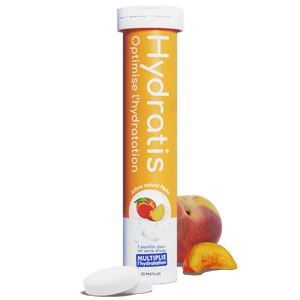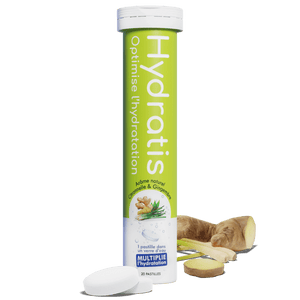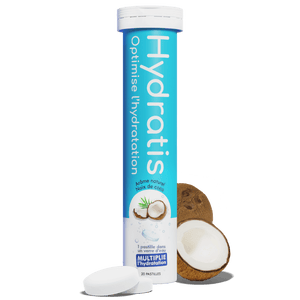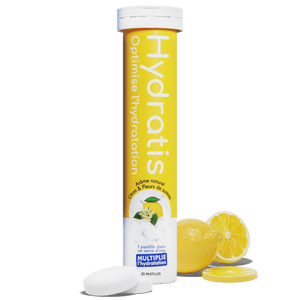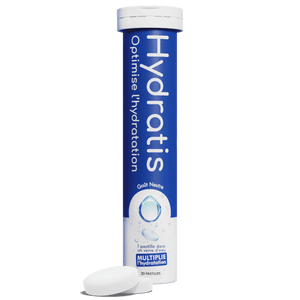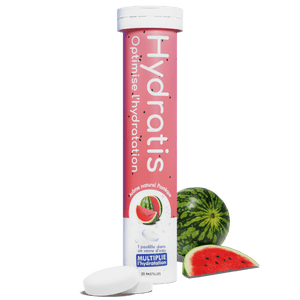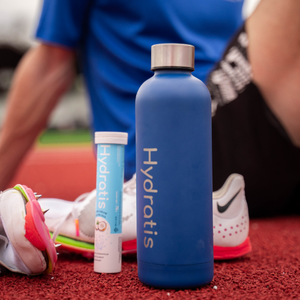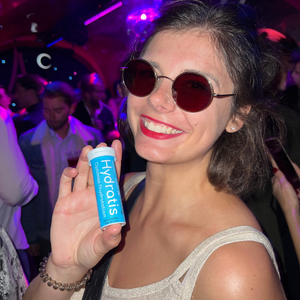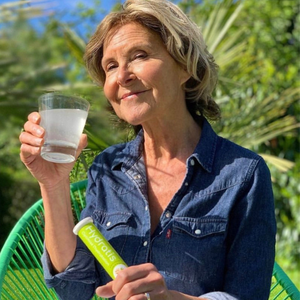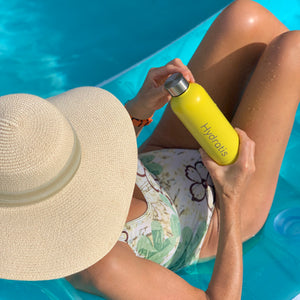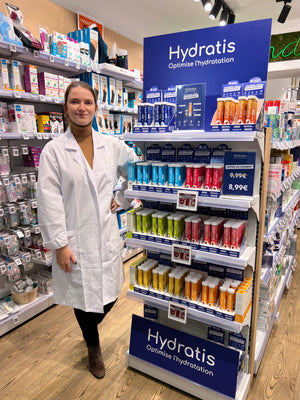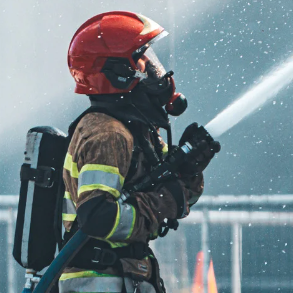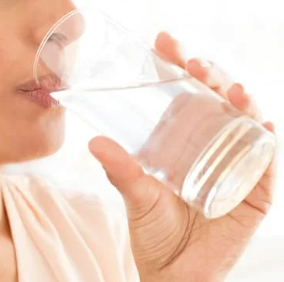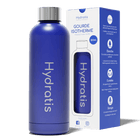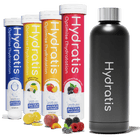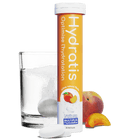
What tips to fight against the heat and the heat wave this summer?
During the summer period, in France, like other countries, is often subject to heat waves or even heat waves, which can affect all regions and put our body to the test. Indeed, the human body is homeothermic, that is to say that it maintains a constant temperature between 36.1°C and 37.8°C. A drop below these values is called hypothermia and a rise in body temperature is called hyperthermia. During these climatic events, the body temperature tends to increase which can be dangerous for our body, which can lead to malfunctions if the hyperthermia is not regulated. Fortunately, the body is able to thermoregulate itself in order to avoid overheating. In this article, we will describe to you how thermoregulation works, the consequences of heat on our body and the tips for protecting against it.
What is thermoregulation?
Thermoregulation corresponds to all the mechanisms allowing the body to maintain a constant temperature of 37°C ideally. However, this temperature undergoes small physiological variations during the day following a circadian rhythm, it is minimum around 5-6 am and maximum between 5 and 6 pm.
This temperature must be constant only for the “core” of the body, that is to say the internal, central compartment which contains the brain, the heart and the other vital organs and thus allows their optimal functioning. If this temperature varies, it will have consequences on the body because it can lead to dysfunctions of these organs.
Unlike the internal compartment, the peripheral compartment (muscles and skin) can undergo greater variations ranging from 20 to 40°C. It is the latter that allows the production or evacuation of heat to maintain the internal compartment at the right temperature. For this, the body uses different more or less complex mechanisms to fight against cold or heat. We will particularly focus on the mechanisms that reduce body temperature.
What are these mechanisms and what consequences do they have on our body?
During hot weather, the temperature of the ambient air increases causing an increase in body temperature, initially in the peripheral compartment and then in the internal compartment. We therefore need to regulate this as we explained to you previously.
The first phenomenon is cutaneous vasodilation (increase in the diameter of the blood vessels of the skin) which allows heat loss by convection, it is the transmission of heat from the body to the ambient air, and by radiation which is an emission heat in the form of radiation.
The second phenomenon is sweating (or perspiration) which is a physiological mechanism increased in the event of hyperthermia. Sweat is produced by sweat cells present in the skin and is deposited on its surface and its evaporation allows heat to be lost. It is composed mostly of water (99%) but it also contains many electrolytes such as sodium chloride (NaCl) but also potassium, magnesium, zinc, iron or even copper. As a result, sweating being accentuated, it leads to a significant loss of these compounds during the fight against the heat and can cause dehydration.
It is possible that the thermoregulation is insufficient and does not succeed in lowering the body temperature sufficiently, it is heat stroke (or hyperthermia). It is manifested by a fever greater than or equal to 40°C. Some populations are more at risk of being a victim, such as the elderly or frail, children, infants or athletes. The symptoms of this heatstroke are headaches (headaches), dizziness, a feeling of intense heat, red, dry and clammy skin, behavioral problems (drowsiness, aggressiveness), fatigue, intense thirst, muscle cramps, nausea and vomiting or a drop in blood pressure, which can lead to coma.
What are the tips to fight against the heat and thus avoid dehydration and heatstroke?
● Stay as much as possible in a cool place while avoiding leaving your home during the hottest hours (between 12 p.m. and 4 p.m.)
● Closing windows, shutters and blinds during the day prevents the sun's rays from entering your home and thus limits the entry of heat and therefore the rise in ambient temperature.
● Favor cold dishes as well as fruits and vegetables rich in water such as melon, watermelon, cucumber or tomato.
● Cool off with a cool shower which quickly reduces the feeling of heat, wetting the neck, forehead and forearms are also effective.
● Avoid all sports practices because they are responsible for a significant production of heat.
● Wearing light, loose clothing allows skin to breathe better and limits perspiration.
● Drink plenty of water without waiting for the feeling of thirst because it is already a sign of dehydration . This supplements the loss of water and electrolytes. Hydratis pellets allow optimal absorption of water helping rehydration and constitute a substantial supply of electrolytes (Magnesium, Potassium, Chloride, Manganese, Zinc, Sodium Chloride)
Summer is a season during which the body is likely to be more easily dehydrated, especially during periods of high heat or heat waves. When the body temperature rises, sweating helps to return to an optimal temperature but it is a mechanism that consumes a lot of water and can cause dehydration. To avoid this, there are ways to fight against the heat that can prevent the rise in body temperature such as avoiding physical activity or staying in a temperate place. It is also important to be well hydrated in order to compensate for the loss of water and electrolytes due to sweating.
